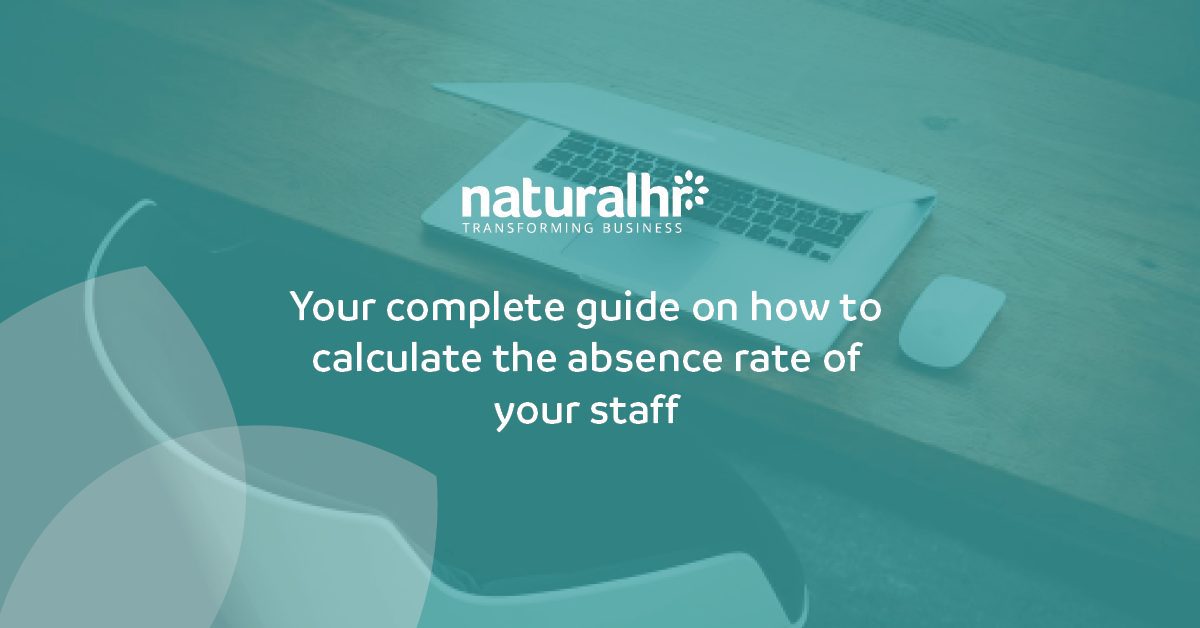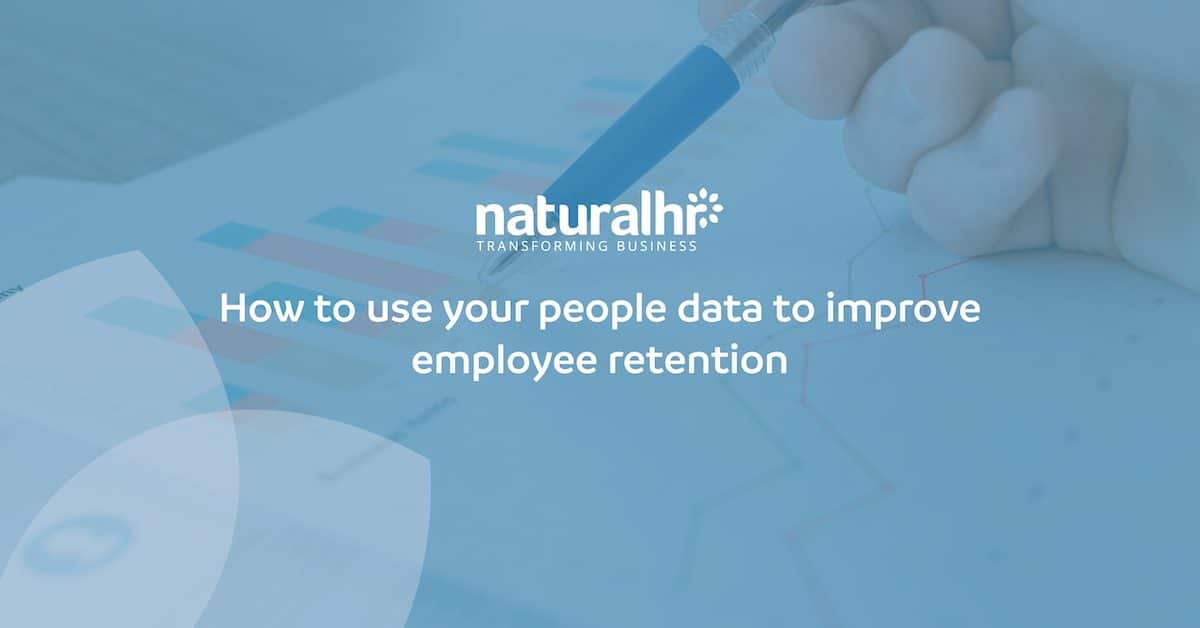Typically, when you’re evaluating HR software, you have to choose between a ‘best-of-breed’ strategy with point solutions for different HR capabilities – recruitment, payroll, learning and development etc. – or an integrated system that caters for everything through one comprehensive package. The rationale for best-of-breed is that the specialised functionality and more advanced features of these solutions provide advantages that an integrated system can’t meet. An example of this is a specialised recruitment tool that provides the entire range of features you might ever need, such as multiposting, applicant tracking, candidate management and so on. Yet on the flip side,…

‘People analytics’ isn’t a buzz term you should just know about. It is something that your organisation requires if you’re to better understand your workforce and identify key trends, in real-time. People analytics is all about data-driven insights into your workforce. Officially Gartner defines it as “the collection and application of talent data to improve critical talent and business outcomes. People analytics…inform talent decisions, improve workforce processes, and promote positive employee experience.” Also known as ‘HR analytics’ or ‘workforce analytics’ across some organisations, data can be gathered from several different places such as internal HR systems, external employee surveys, or…

For HR teams, calculating your team’s absence rates can be an effective tool to help manage your workforce, identify any potential issues and ensure that you can easily manage your team. In this article, we will look at one of the most popular methods to calculate the absence rate, the Bradford factor, so that you can implement it in your workplace. How to calculate sickness absence percentages To measure the amount of time lost to sickness, absence or absenteeism within your business, you can use the Bradford Factor formula. The Bradford Factor uses the following formula: B = S x S…

Employee turnover is part of being an employer. Starting a job straight after school or university and staying there until retirement is no longer commonplace. Nowadays, people move between roles much more often than they did in the past. Research by insurance firm LV= found that a UK worker will typically change employer every five years. What’s more, the Society for Human Resource Management estimates that it costs an average of 6 – 9 months of your former employee’s salary to find and onboard their replacement. Your ability to retain employees is an important factor in your success – and…

Most departments within a business have Key Performance Indicators or KPIs. These are indicators of long-term performance and demonstrate how effectively a specific department is achieving its objectives. They may be at a team or individual level, but they are often used to help decision making, identify any areas for improvement and provide a platform to measure successes. HR KPIs typically include trackable metrics that measure processes related to recruitment, training, talent management and employee satisfaction. A KPI is only useful if it has a direct link with your overarching business strategy. Importantly, you should only be tracking the KPIs…



Latest Posts